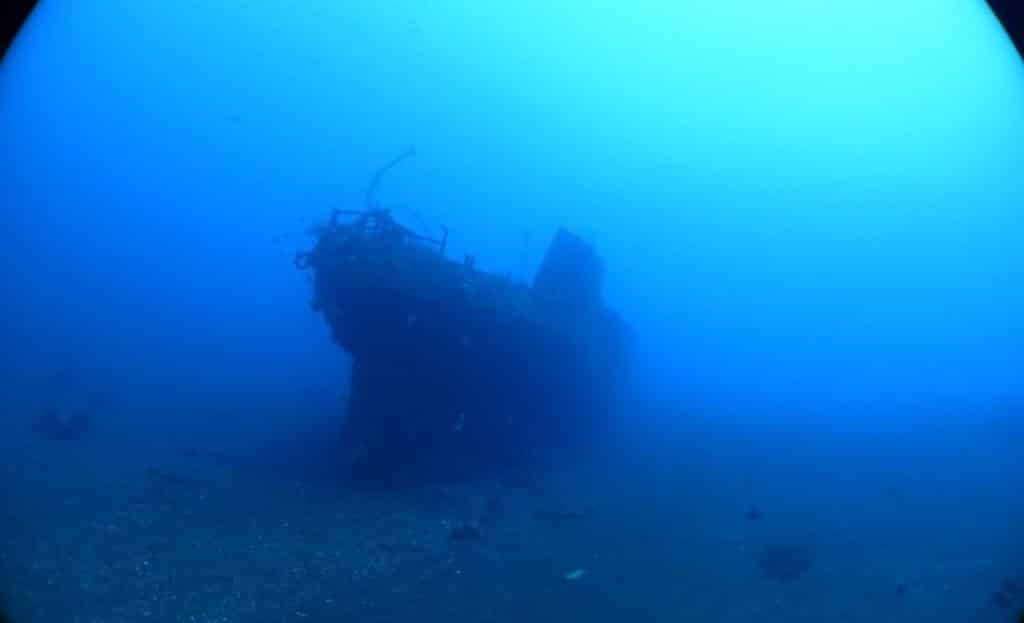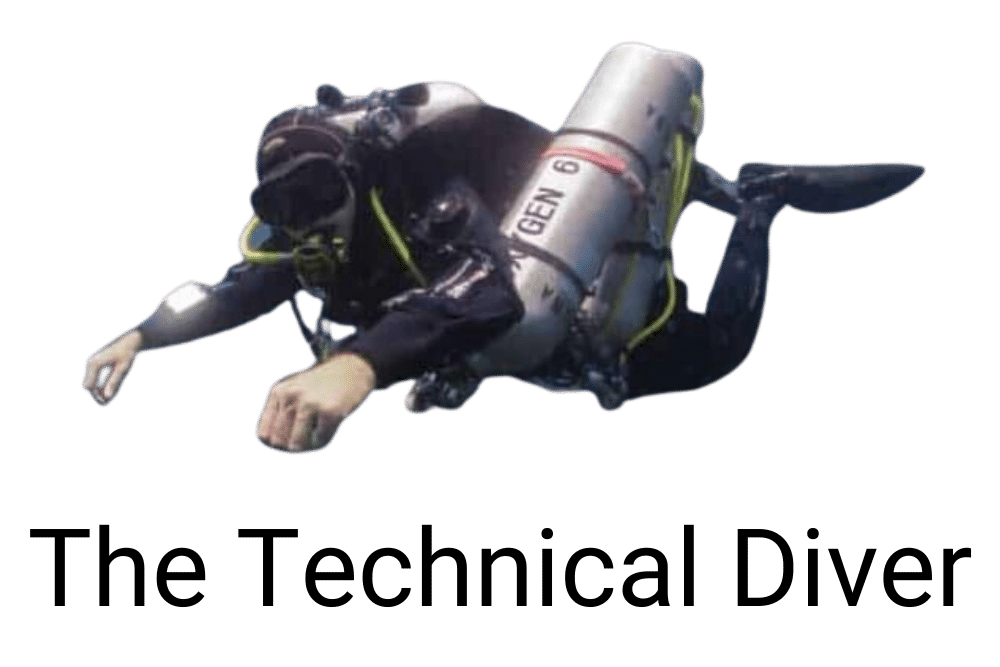Speciality diving courses

Speciality diving courses
Let’s be honest, there are very few speciality diving courses that the diving agencies sell that are much use to you as a diver. You don’t need to do a buoyancy speciality diving course to achieve improved buoyancy, you just need to get out there and dive or get tips on things to think about and practice when diving- any experienced diver can offer advice on this.
Of all the endless specialities available, in my opinion, there are 4 that are useful- nitrox, deep, wreck, and Diver Propulsion Vehicle (DPV). None of them are required, but any one of them will increase your safety (if taught correctly) and/or open up new types of diving to you.
Contact me if you’d like more information about speciality training.

Deep diver
40m (130ft) is the absolute depth limit for recreational diving, I don’t care what BSAC says. Any deeper than this is firmly in the realm of technical diving. Under normal circumstances there isn’t much point in diving to 40m on a single tank- you don’t have a lot of gas and your No Decompression Limits (NDLs) will be very low. Narcosis is also much more of a concern.
However, it is very useful and can be eye-opening going to 40m in a controlled way with an instructor. It’s probably the best way to show you why you shouldn’t go to 40m as a recreational diver. You will have direct experience of seeing just how low your NDLs are, how your gas consumption increases at 5 atmospheres, and maybe most importantly, how narcosis impairs you. That’s quite the perfect storm to allow things to go wrong.
Understanding narcosis, dive planning and gas management will certainly make you a safer, better diver. It will also be beneficial should you inadvertently find yourself in a downcurrent.
The deep diver course consists of some theory and 4 open-water dives. Certification will allow you to dive to 40m (130ft).
Nitrox diver
Nitrox diving involves using higher percentages of oxygen of up to 40%. If you use nitrox but follow an air profile, you will reduce your risk of Decompression Sickness (DCS), as your body is taking on less nitrogen than your dive computer “thinks” it is. Alternatively, if you set your dive computer to the nitrox percentage you are using, you will get longer NDLs. However, by using nitrox in this way, your DCS risk is the same as diving on air.
The nitrox course consists of some theory on the benefits and hazards of using higher oxygen mixtures, dive planning, and learning how to properly analyse your gas and label your tank. It normally takes 1 day and will certify you to use nitrox mixtures up to 40% oxygen. Nitrox is perhaps the most useful speciality diving course you can do. If you combine it with sidemount, you will really get the benefits of increased NDLS.


Wreck diver
Wreck diving interests many divers for numerous reasons, history, photography, marine life; they can be very alluring places. But they can also be very dangerous places. You should never attempt to go inside a wreck without appropriate training. Training should include outlining the hazards and learning how to manage them. This includes correct use of a guideline, and other important diving procedures. A big part of the course (with me anyway) involves recognising when to turn around inside a wreck, or even whether to go inside in the first place.
Whilst many instructors can teach wreck diving, most don’t know the skills required to dive them safely. I strongly recommend that you only do a wreck course with an instructor that teaches technical diving and advanced wreck courses. I really can’t emphasis that enough. Certification allows you to penetrate inside wrecks to a point within the daylight zone, and within your current depth limit. It is normally run over 3-4 days and includes 3-4 dives. View the SDI wreck diver speciality course here.
Diver Propulsion Vehicle (DPV)
Diving with a DPV or underwater scooter, is probably the most fun you can have underwater. It’s an amazing feeling to fly along a reef, and particularly pleasing when doing so against a current. A good DPV course involves learning how to look after the DPV- charging it, assembly, and effective rinsing. You will learn the correct technique for using it, such as recognising how it affects your buoyancy.
Importantly, there are numerous emergency procedures that are essential to learn, should a DPV fail, or continue to work when you don’t want it to. The DPV course is meant for open water diving only. Cave divers should (but often don’t) undertake additional training to use DPVs in overhead environments. View the SDI Diver Propulsion Vehicle speciality course here.

